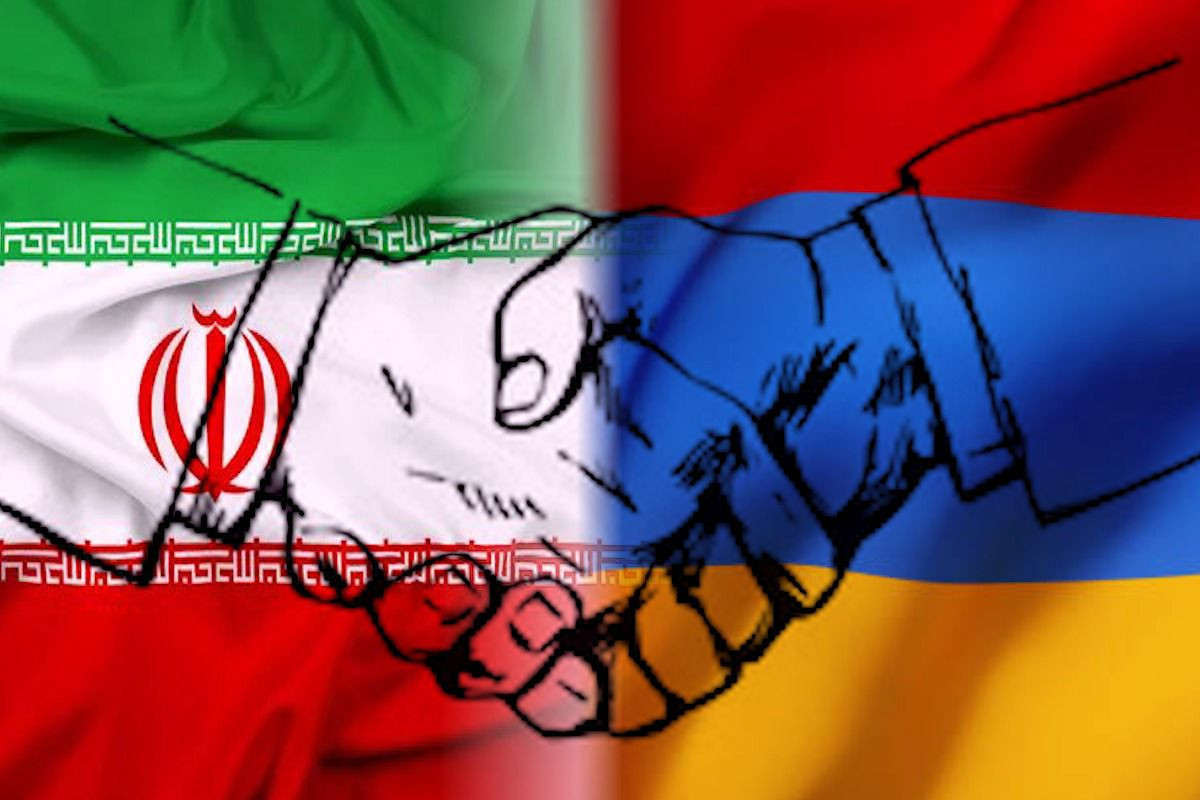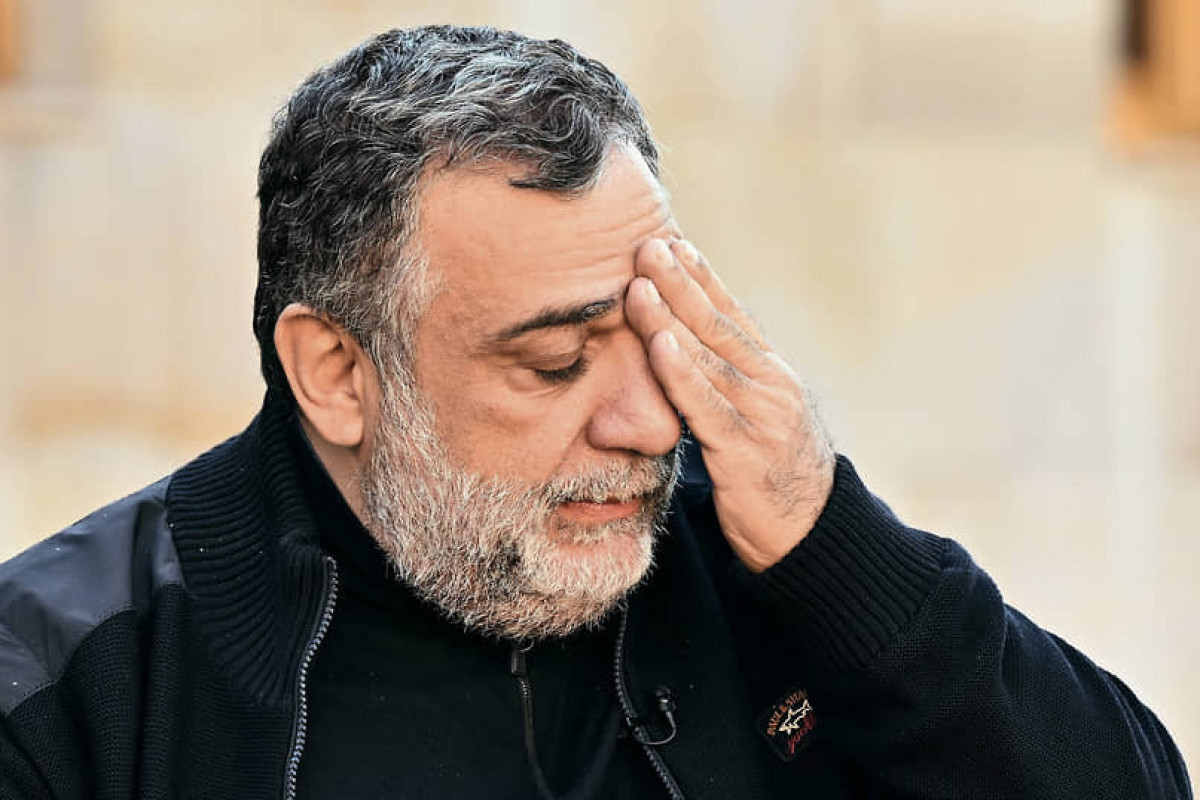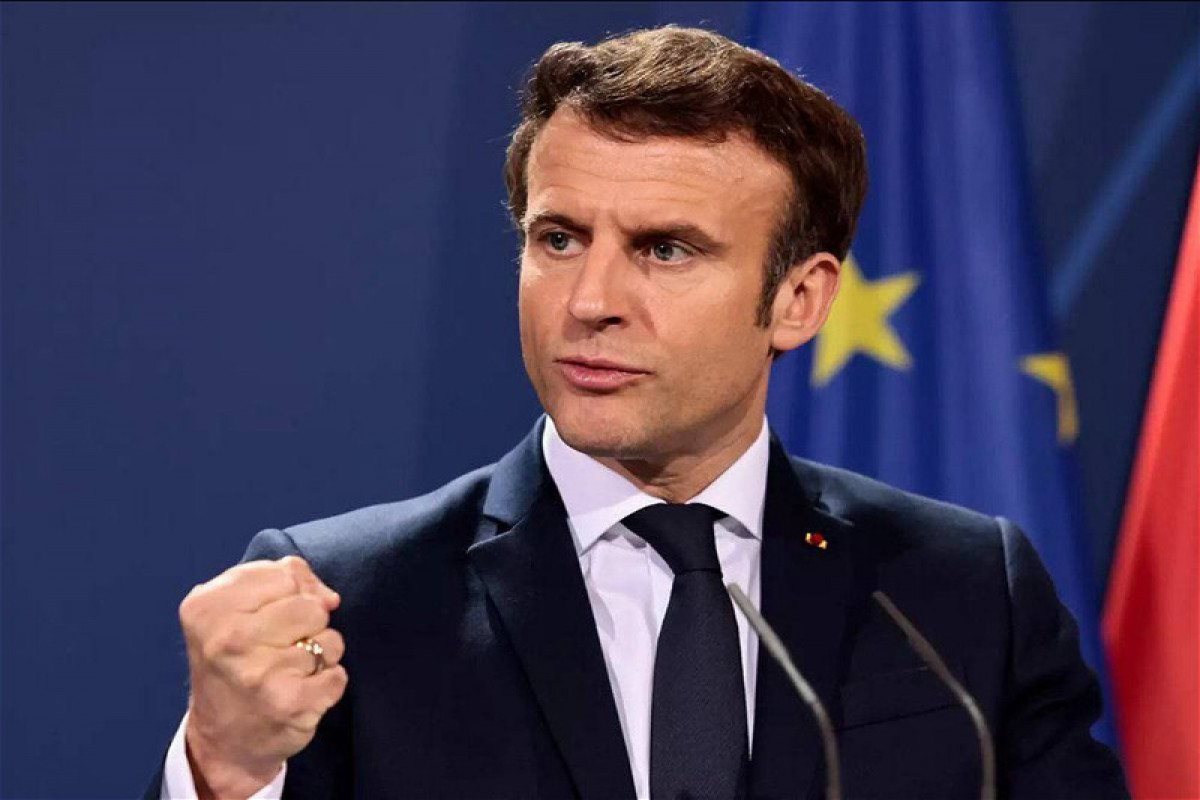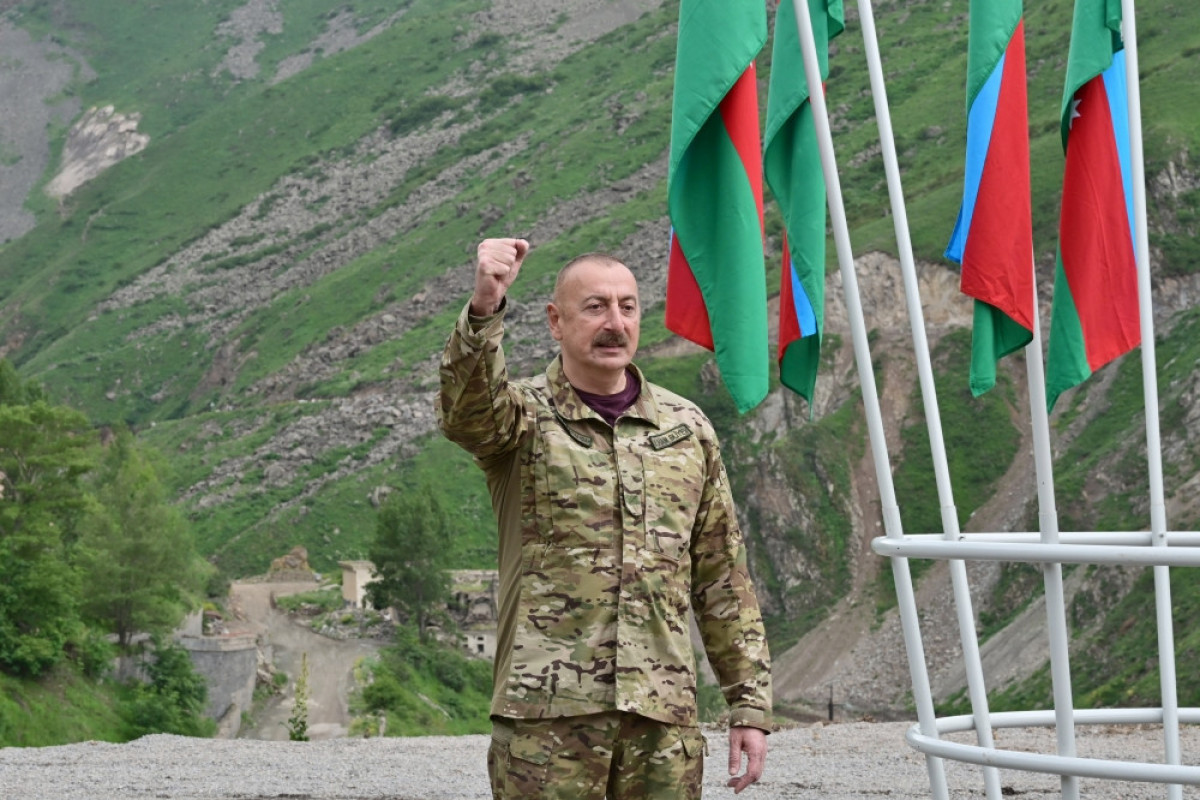Reaction of some circles in the Islamic Republic of Iran to a new geopolitical situation, that appeared in the region after the II Karabakh war, is straining the region. Some anti-Azerbaijan circles in Iran see commissioning Zangazur Corridor, which will provide communication between main part of Azerbaijan and Nakhchivan, as a threat to national security of their country. They even state that Zangazur Corridor can change borders in the region and official Tehran will not stand to this.
Question is: What does the Islamic Republic of Iran mean while saying national security? What is the reason for the intolerance?
One of the most important reasons for activity, continued by Iran against Azerbaijan under the title of violation of historical borders, in both military, diplomatic, and information fronts, is position of official circles in the global drug trade. The Islamic Republic of Iran gains billions of dollars from global export and transport of drug each year. The issue is not a biased claim, put forward by any country or circles. These are real facts, proved at different times.
Disseminated fake news on alleged deployment of zionist and takfirists in Azerbaijani territories by Iran’s official and unofficial representatives, attempts aimed at creating confusion in ordinary citizens, implementation of military exercises by Iran’s political and military elite, planned (or at least, desired) support to Armenia can be assessed as manifestation of mentioned “intolerance” and attempts to put a cover of legitimacy.
Let’s have a look at history. New religiously-oriented leaders, came (or were brought) to power as a result of the Islamic Revolution in Iran in 1979, established “Sepah-e-Pasdaran” or Islamic Revolution Guards Corps (IRGC) in order to provide security of Islamic system, which is planned to be established, as well as to control armed forces.

Picture 1. Arrival of Ruhollah Khomeini in Tehran from Paris via French Airways, 1979.
For a long time, the export of Iran's model of revolution to neighboring countries as well as regions was considered a top priority, and this mission was carried out directly by the Islamic Revolutionary Guard Corps. Now the group continues its broad multi-purpose activities in Iraq, Syria, Lebanon, Yemen, Afghanistan and other countries.
In order to ensure the sustainability of the conducted activities, large amounts of funds were needed, and this was leading to the establishment of strategic economic supporters of the organization within the country. But, the important thing that must be mentioned here is that the Islamic Revolutionary Guard Corps gains billions of US dollars every year from the illegal trafficking, export, and shipment of narcotics and this “dirty money” is the main source of income of the grouping.
Note that the SEPAH forces honored with the “sacred duty” by the supreme leader after the Islamic revolution in Iran has expanded their activity field within the country and kept maritime, air, and land borders under the control. It is not a coincidence that it is namely Islamic Revolutionary Guard Corps that considers the opening of the Zangazur corridor as “a threat to the national security” and that is why carried out military exercises on the state border with Azerbaijan.
In 2012, the US Ministry of Finance announced that the smuggling of Afghan heroin through Iran was controlled by the general of the Islamic Revolutionary Guard Corps. In accordance with the information, General Gulamriza Baghbani, the then head of the Quds Force of the Islamic Revolutionary Guard Corps in the city of Zahedan, located in the southeast of Iran, near the border with Afghanistan, helped Afghan drug traffickers to smuggle heroin to third countries, as well as transport opium to Iran.

Picture 2. Cooperation model between Afghanistan and Iran
Facts confirming such actions that are not worthy of the Islamic Republic of Iran were repeatedly brought to the agenda by international organizations as well. According to the information of the United Nations Office on Drugs and Crime, the narcotics routes that enter the Iranian territory and are exported to Europe through different directions, are shown in the following picture. Here, it is once again confirmed that illegal drug transportation in the northern borders of the Islamic Republic of Iran is carried out through Armenia and the territories of Karabakh, which were occupied at the time.
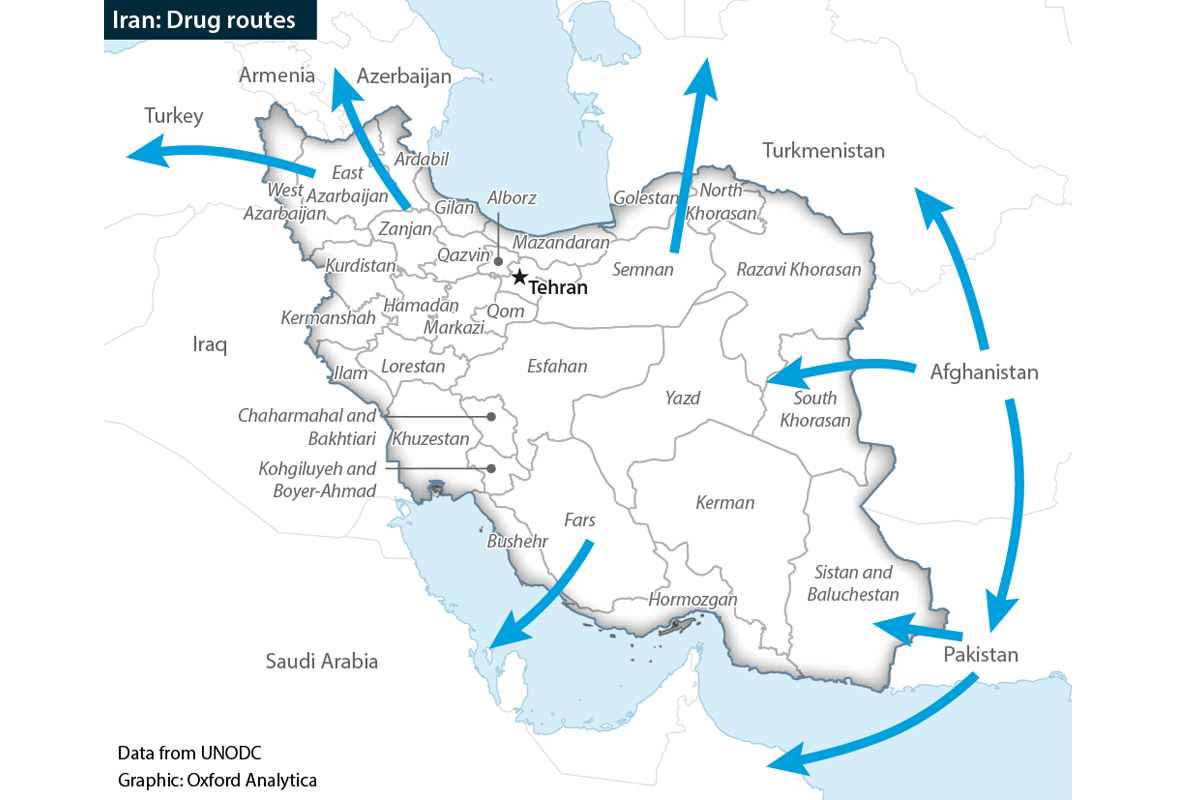
Picture 3. Existing drug routes within the Islamic Republic of Iran.
The head of the state Ilham Aliyev also commented at the meeting of Council of Heads of State of the Commonwealth of Independent States held on October 15, 2021. During his speech, Azerbaijani President noted that the 130-kilometer section of Azerbaijan's state border with Iran, which has been under the control of Armenia for approximately 30 years, has a drug trafficking route from Iran to Armenia and then to Europe, passing through Jabrayil district of Azerbaijan.
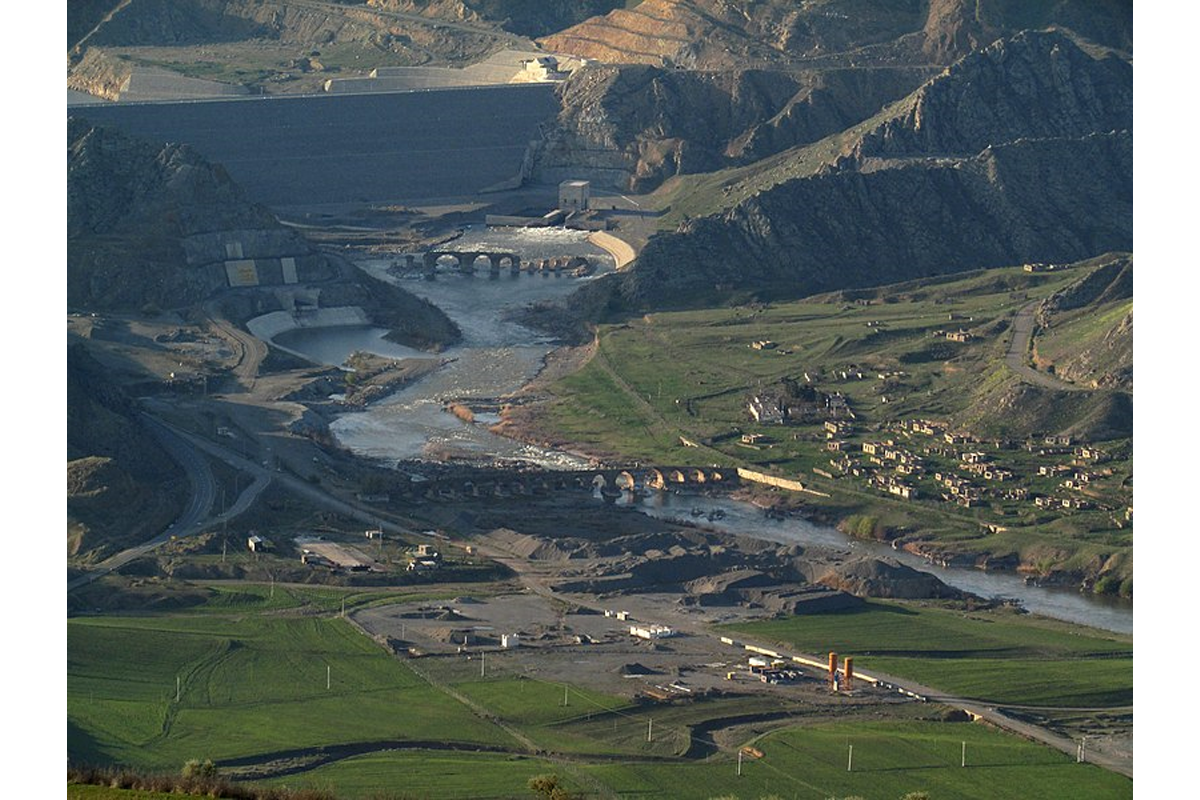
Picture 4. Bridges of Khudafarin, which were out of Azerbaijan's control for many years and conduction of drug trafficking by Iran, that was directed to Europe, through Karabakh.
In recent days, the "show of force" shown by the Islamic Revolution Guards Corps attached to the supreme leader of Iran on the border with Azerbaijan, especially on the banks of the Araz River, which has taken an important place in the history of Azerbaijanis, is being continued in parallel in the local media of Iran. Currently, distracting the attention of the citizens from domestic social and political issues and searching “enemy” far away from the borders of the country is of vital importance for the regime facing serious protests within the country.
So, the results of the Second Karabakh War deprived Islamic Revolutionary Guard Corps, protecting the security of the ruling regime in the Islamic Republic of Iran, and ensuring its activity in foreign countries, of main income source. Azerbaijan's resumption of control over the state borders pushed the long-term dirty cooperation to the 41 km state border between Armenia and Iran. However, fearing that the opening of the Zangazur Corridor will lead to the revealing of illegal drug trafficking between Armenia and Iran, the regime has declared this issue its "red line".
It seems that decrease of the volume of the income namely obtained from drug trafficking is assessed as a threat against Iran’s national security.
To be continued...


